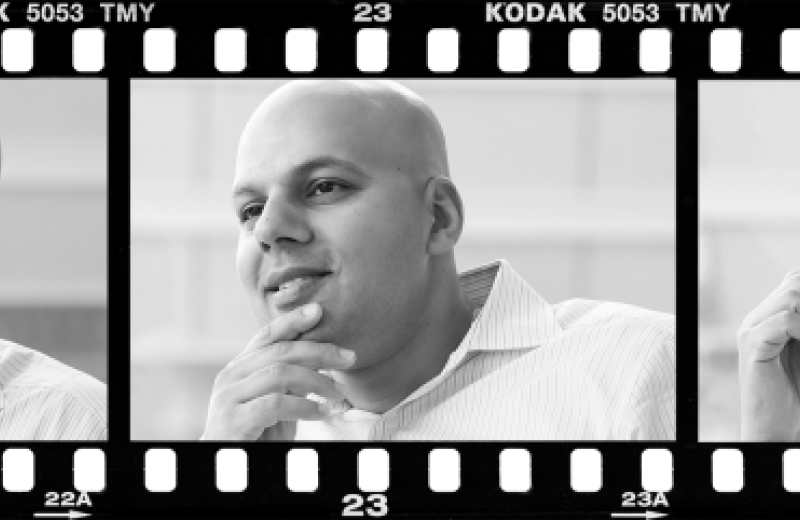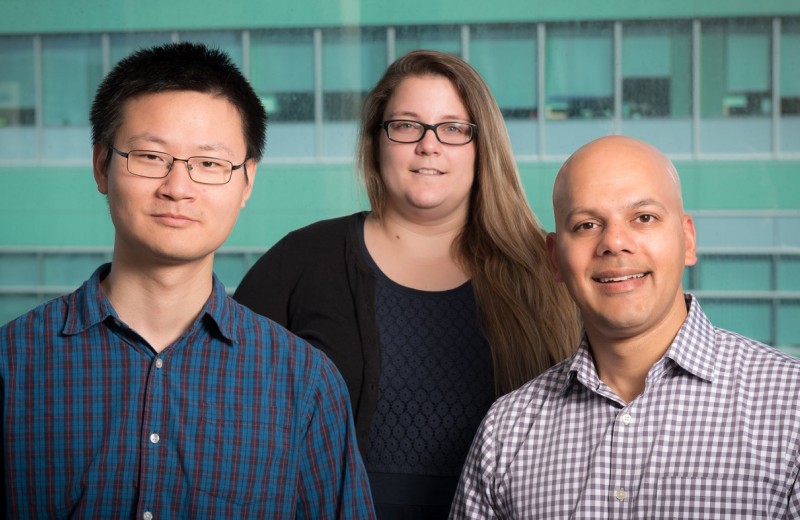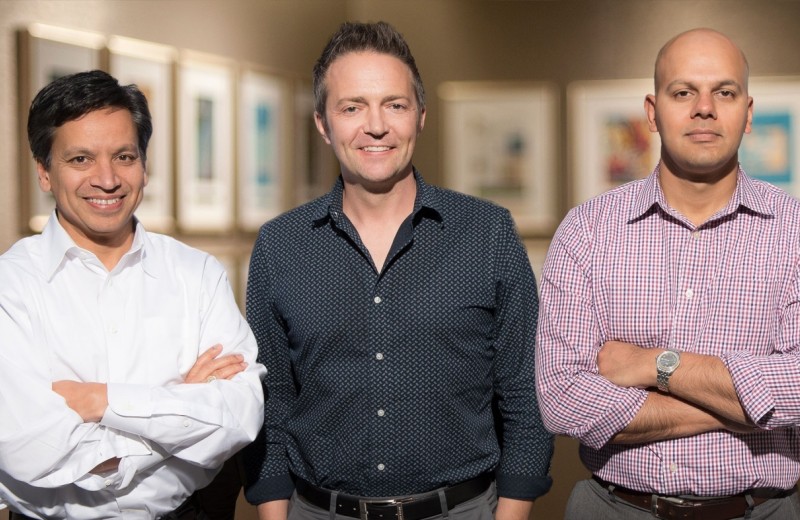
Sarah McMahon is a UCSF biomedical sciences graduate student in the laboratory of Saptarsi “Sap” Haldar, MD. She joined Gladstone with Sap in 2015 after earning a bachelor’s degree in biochemistry from Case Western Reserve University.
What brought you to Gladstone?
I began my graduate work with Sap at Case Western. During my first year, Sap decided to join Gladstone. It wasn’t a hard decision for me to go with him. I had specifically chosen Sap’s lab, because I knew he would be a great mentor for me, the lab environment is awesome, and they’re doing really cool science. I was fortunate that he landed at Gladstone and that I was able to join the biomedical sciences program at UCSF.
What do you like about Gladstone?
I love how collaborative Gladstone is. To do great science, it really requires working together. I love seeing and hearing people working together across the organization, particularly as a graduate student. As my thesis work progresses and perhaps moves in directions outside of our lab’s expertise, I know there are plenty of resources and labs that are more than willing to help and collaborate.
Were you interested in science as a child?
Absolutely. I grew up by the ocean, where I spent my summers digging in the mud at low tide and stomping through tidal pools to identify all of the sea creatures. My favorite part of summer was in early August, when the bay would glow a blue-green color at night. My curiosity about this phenomenon led to my first science fair project in middle school on bioluminescence.
Why did you decide to go to graduate school?
I think my research experience as an undergraduate was a major factor in my decision to pursue graduate school. I was fortunate to do my undergrad capstone in Dr. Thomas LaFramboise’s lab, where I was introduced to bioinformatics and the study of genetic variations in disease. Around the same time, the ENCODE consortium released its first round of data. This sparked my curiosity to pursue my graduate degree studying the regulation of chromatin and transcription.
What or who influenced your decision to work in science?
I was always interested in science. But as an undergrad, I had a biochemistry professor, Dr. Richard Hanson, who was a major influence in my decision to pursue an academic/research career. If I can become a distinguished researcher and an inspirational professor/mentor like Dr. Hanson, I will be happy.
What do you do when you’re not working in the lab?
I love spending time at the beach with my dog. You can usually find me there on weekend mornings, running around and trying to convince my dog to swim. I also love sports. I’m a HUGE Cleveland Cavs, Browns, and Buckeye football fan. OH IO!
If you could learn to do anything, what would it be?
I would love to learn a second language. I took Latin during middle and high school, which was interesting, but not practical.
What is your hidden/unique talent?
Much to my surprise, I recently discovered I’m good at gardening and really enjoy it!
Name one thing that not many people know about you.
Most people think I’m from Ohio, since I’m a huge Ohio sports fan. However, I’m actually from Duxbury, Massachusetts, a small beach town south of Boston.
If you could meet any scientist from any point in time, who would it be and why?
Patterns have always really fascinated me. I think it would be pretty cool to have met Gottfried Wilhelm Leibniz, who invented the modern binary system that is essentially the foundation of our computer architecture.
Meet Gladstone: Saptarsi Haldar
Meet Gladstone: Saptarsi Haldar
Saptarsi chats about the growth of his lab over the past 2 years, his love of soccer, and his hidden musical talents.
Profile Haldar LabCancer-Cardiac Connection Illuminates Promising New Drug for Heart Failure
Cancer-Cardiac Connection Illuminates Promising New Drug for Heart Failure
Gladstone scientists show that a cancer drug is effective in treating common causes of heart failure
Haldar Lab Srivastava Lab Stem Cells/iPSCs Heart FailureHealing Hearts across the Lifespan
Healing Hearts across the Lifespan
A trio of Gladstone scientists are studying the basic biology of the heart to guide the discovery of new therapies for conditions such as congenital heart disease and heart failure.
Heart Failure Congenital Heart Disease Bruneau Lab Haldar Lab Srivastava Lab Basic Science



